A 40-mile-long cave system in France was first explored over 8,000 years ago. While it’s usual for caves to be explored over time, modern-day scientists remain confused about how they did it.
This is due to the scientists having to overcome many obstacles, which they struggled to do with the correct equipment. So, how did humans explore the caves 8,000 years ago?
Saint-Marcel Cave
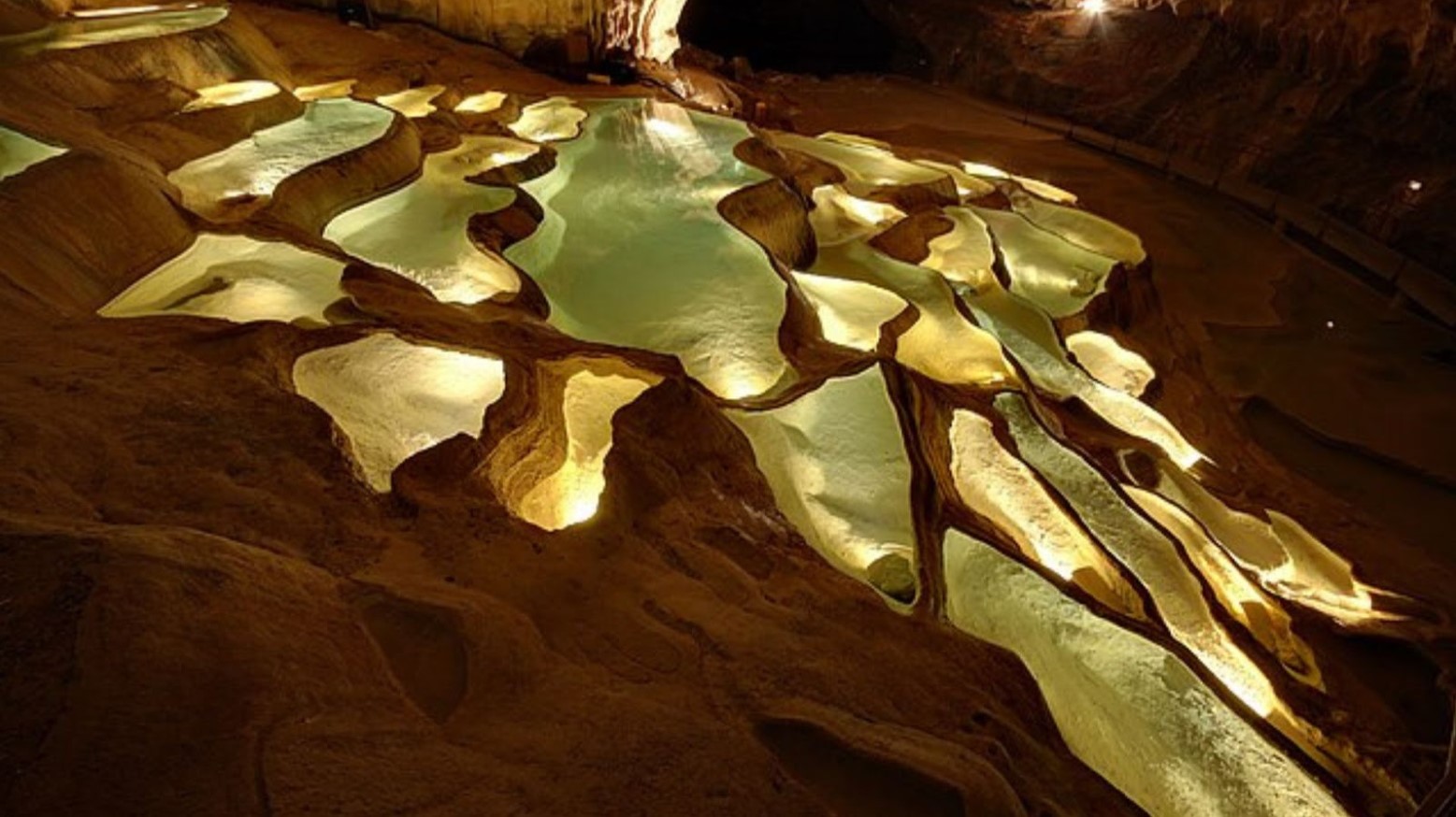
The mysterious cave is known as Saint-Marcel Cave. People have occupied the area since the Middle Paleolithic period, but little is known about how far inside the cave these people were able to explore.
It was previously thought that these people could only explore around the beginning of the cave and not much further due to a lack of lighting, uneven terrain and lack of specialized equipment. However, a group of scientists recently discovered that they had explored the cave much further than previously thought.
An Intricate but Dangerous Cave

The Saint-Marcel Cave is one of the world’s most intricate and beautiful caves. However, it is also one of the most dangerous.
This is because the cave has deep pits and hazardous paths, making it dangerous for anyone who decides to go in there. Nowadays, the only thing making it easier is the specialized equipment available to those who want to explore.
Saint-Marcel’s Cave Goes 40 Miles Deep

Saint-Marcel’s cave isn’t just a few miles deep — it goes 40 miles below ground. It was initially believed that prehistoric humans couldn’t have traveled more than a mile inside the cave.
However, it has since become clear that they traveled much further than a mile inside the cave, much to the amazement of scientists.
Scientists Used the Correct Equipment
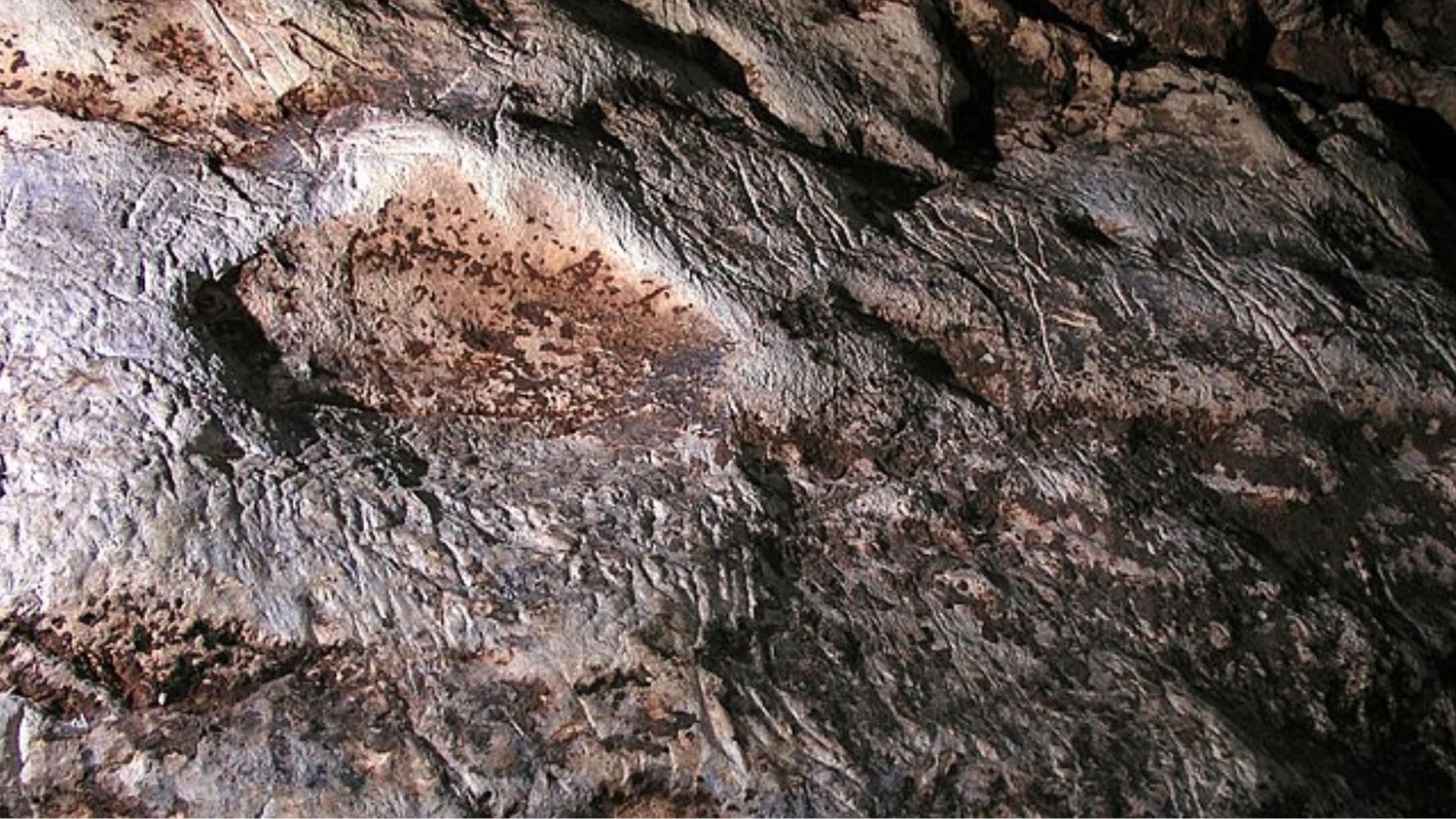
Caves are known for being dark and dingy places with difficult and unknown terrain inside. Modern-day scientists use specialized equipment to explore caves.
The equipment used includes powerful lights, high-tech safety equipment and other special gear that wouldn’t have been available to humans all those years ago. Even with this equipment, the scientists struggled to explore the caves.
Impossible Without Equipment

Given how deep the scientists had to go inside the cave, they quickly realized that they would have found it practically impossible to explore without the specialized equipment.
Even though the evidence clearly points to prehistoric humans going that far into the cave, scientists can’t figure out how they did it without modern equipment.
Broken Stalagmites Were Found
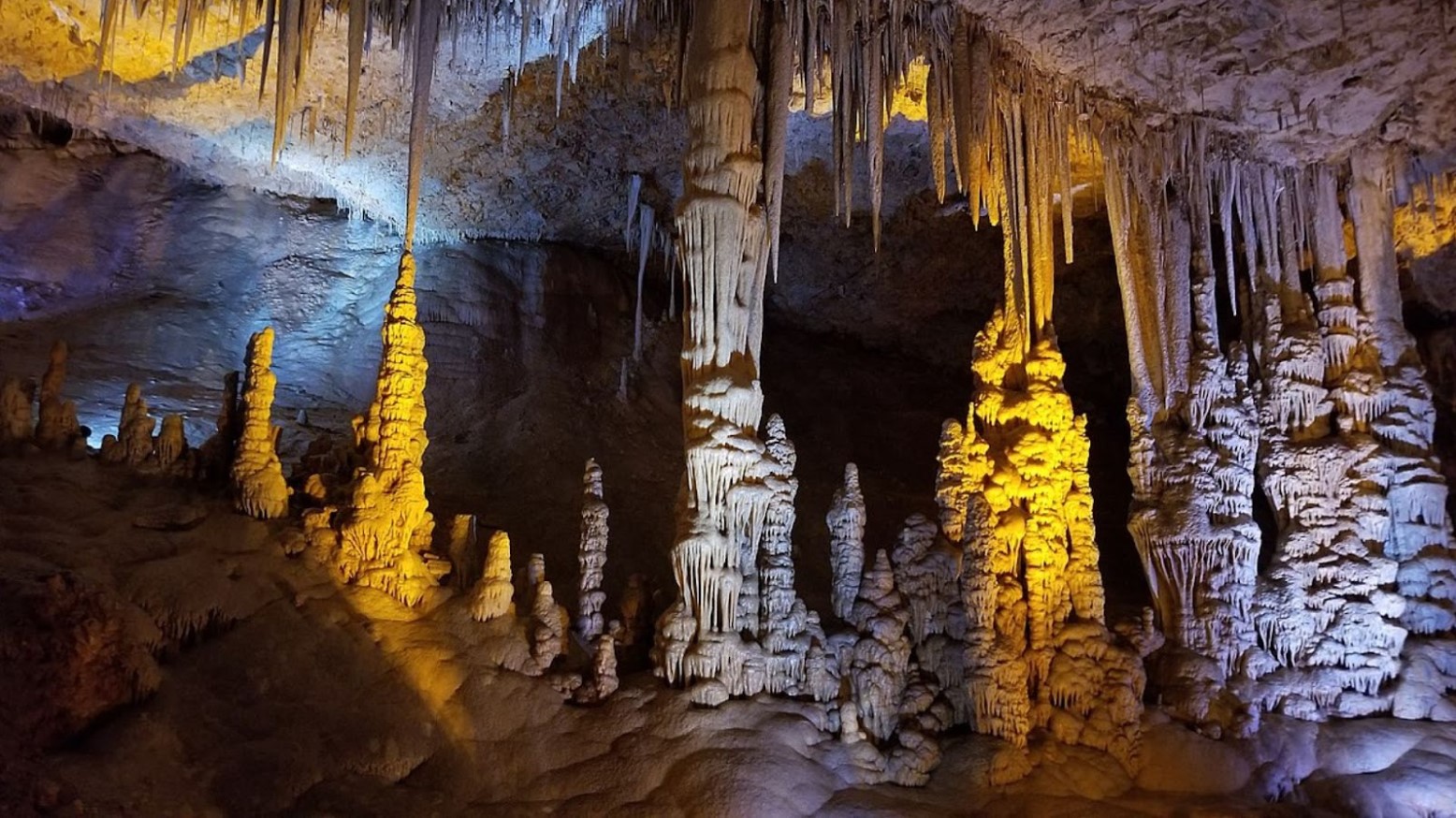
While the scientists were exploring the cave, they found some broken stalagmites. They were found roughly a mile after the entrance and are something explorers would break off to keep as trophies.
Jean-Jacques Delannoy, a geomorphologist who was part of the team exploring the caves, reported that the broken stalagmites prove that prehistoric humans had some knowledge of lighting, could cross shafts and generally explored caves.
The Timeline of Broken Stalagmites

The good thing about broken stalagmites is that they tell scientists roughly when they were broken off, as the water continues to drip and form a point on the stalagmite over time.
This is how the scientists were able to know that humans had explored these caves 8,000 years earlier. Breaking off stalagmites as a trophy was more commonly done in the 19th century, but this proves that people were doing it long before then.
Uranium-Thorium Dating
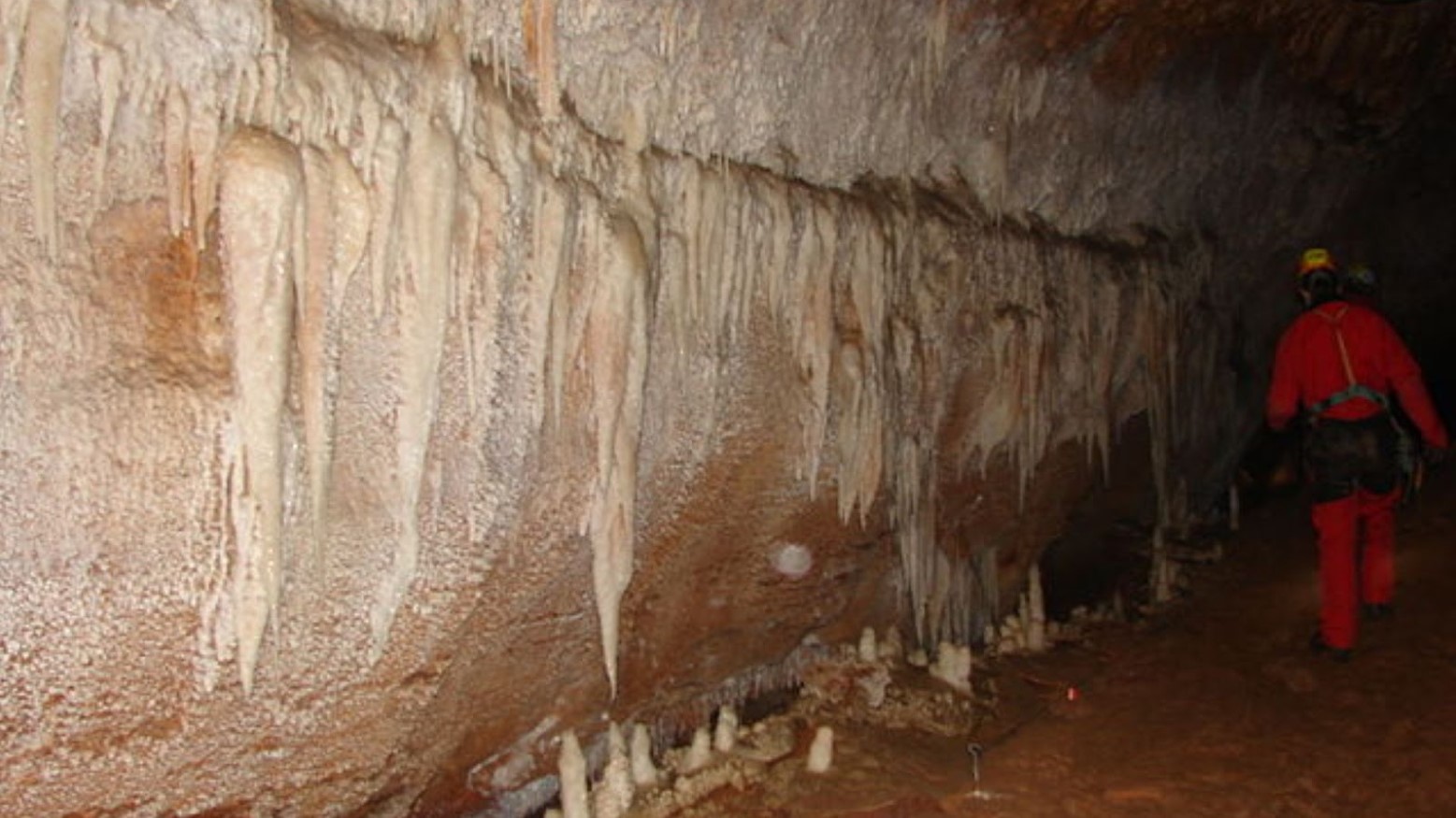
Uranium-thorium dating is used when scientists want to determine the time period when stalagmites are broken off. This helps them determine when people last lived in the caves.
The data told them that the earliest time anyone would have been in those caves was 10,000 years ago, which is much earlier than expected. They also found that the most recent time anyone had broken a stalagmite was 3,000 years ago.
Cave Pieces Placed in Formation
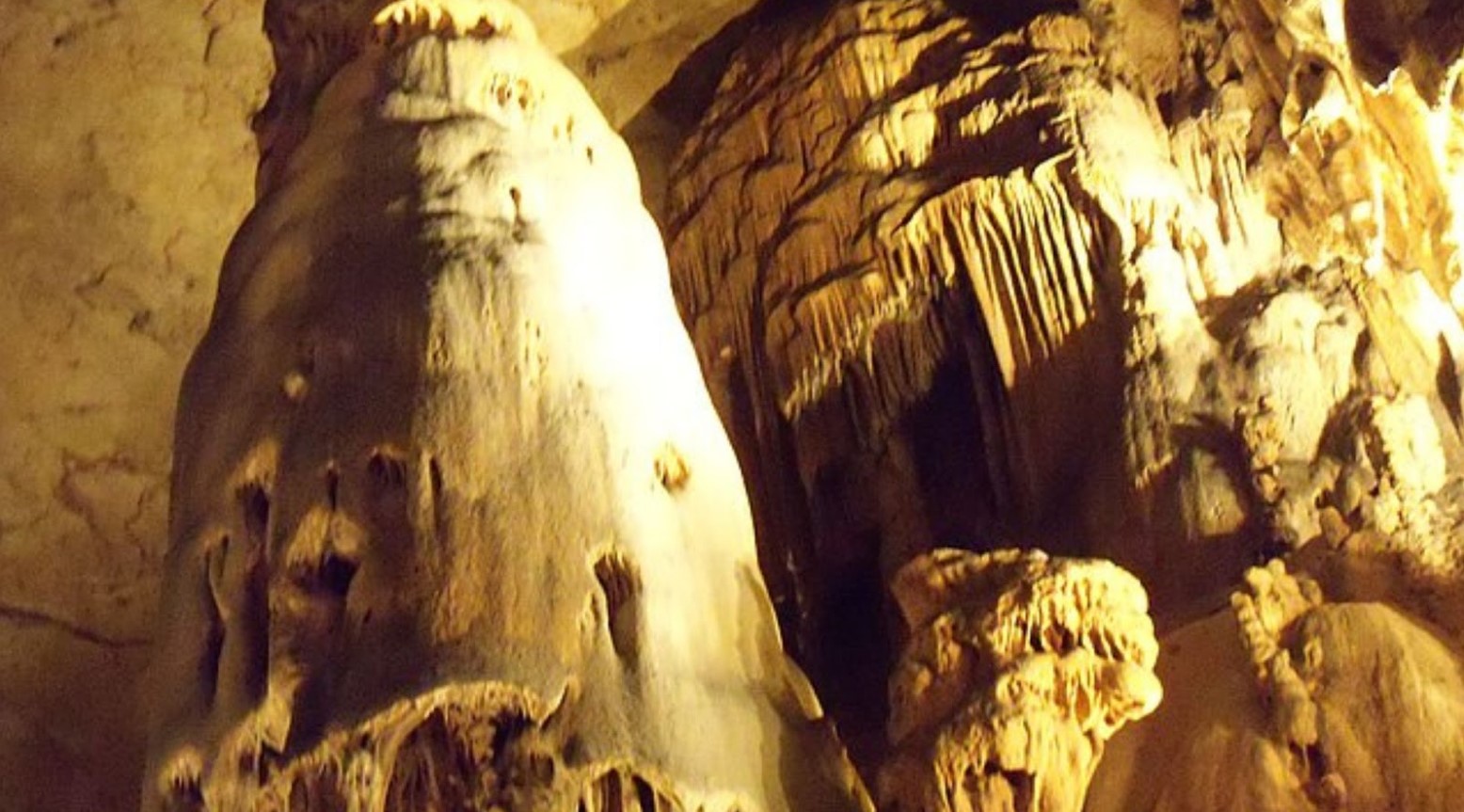
Another exciting find inside the cave was some cave pieces that had been placed in a structure formation. However, scientists do not currently know why this could be.
This does give some insight into people’s thought processes at the time. Some further research will be needed to determine why they might have placed these cave pieces in formation.
How Can Modern Humans Navigate Caves?
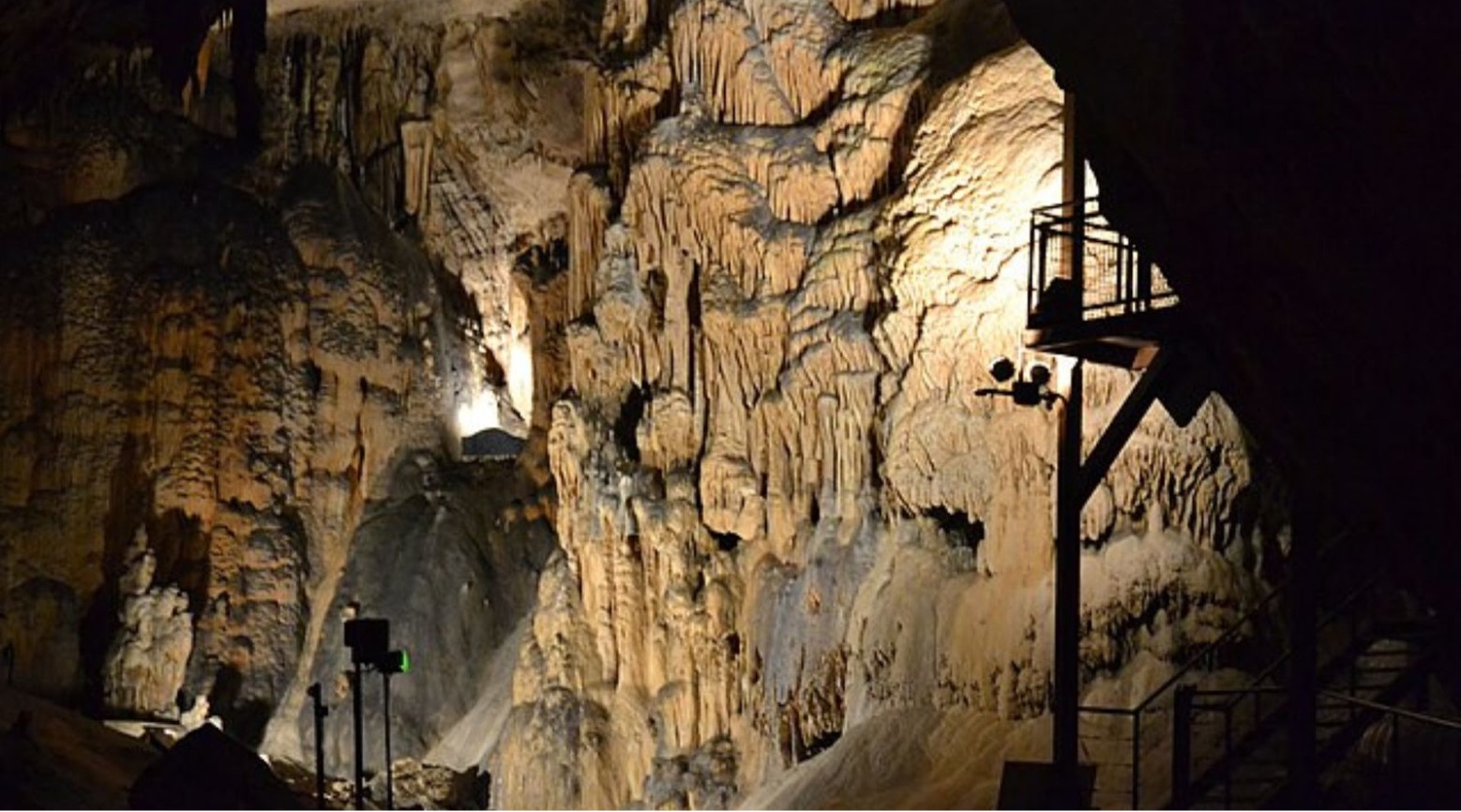
Despite caves being around for thousands of years and humans having navigated them for roughly the same amount of time, it is often recommended for modern humans to stay away from them.
However, many caves now have walkways and artificial lighting to help them navigate the caves. Tour guides are often on hand at these places to help guide tourists through the caves.
How Did Prehistoric People Navigate the Caves?
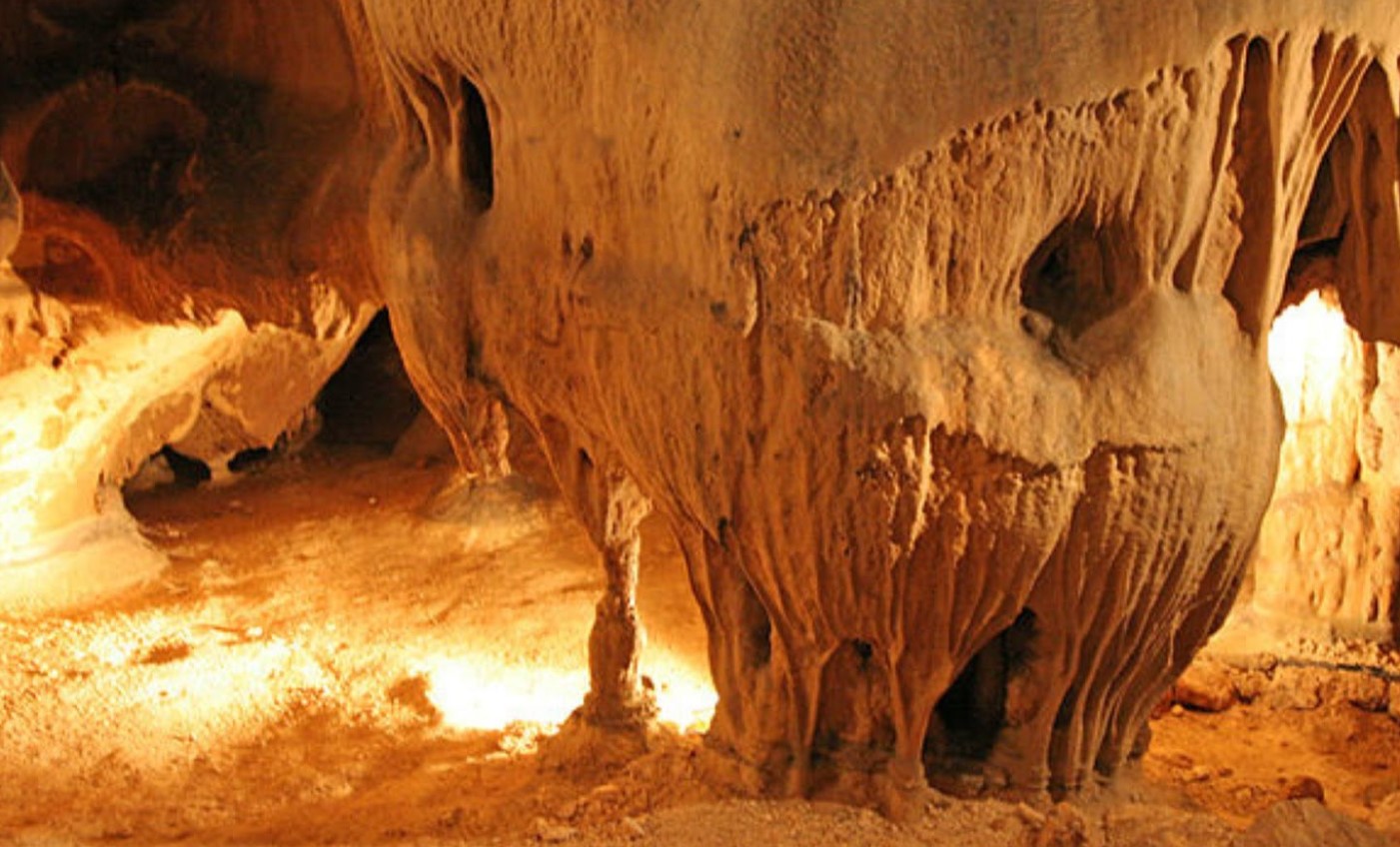
Now that scientists know humans were able to navigate Saint-Marcel cave thousands of years ago, they have to figure out how they did it.
The current theory is that they used either oil lamps or torches. Only time will tell whether soot deposits can confirm this or if this was destined to remain a mystery for the rest of time.
